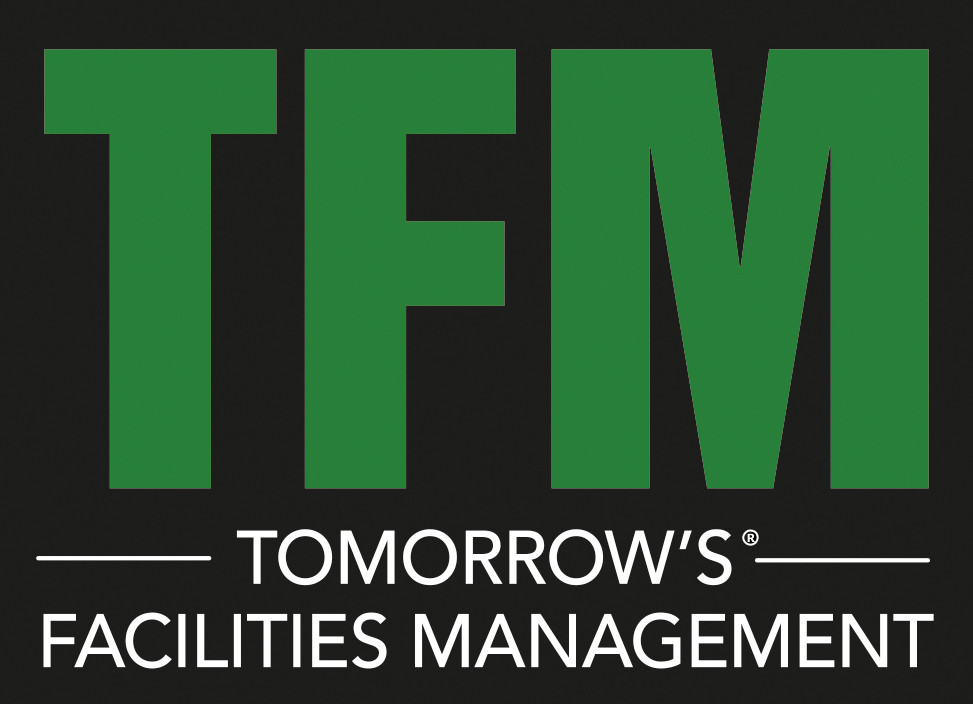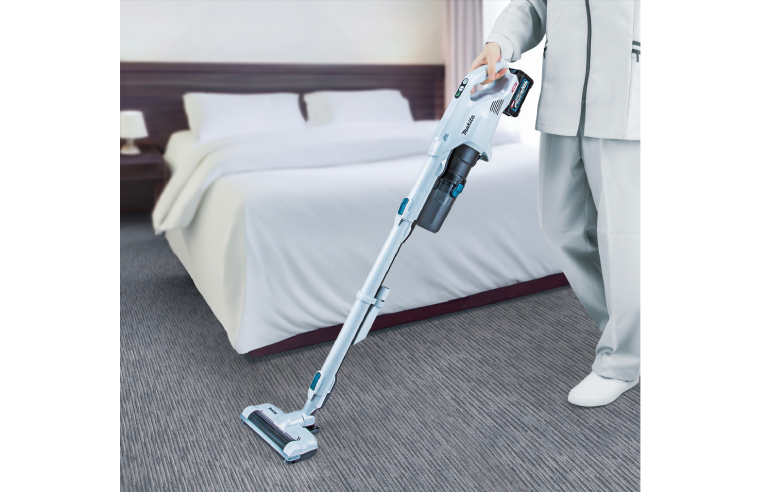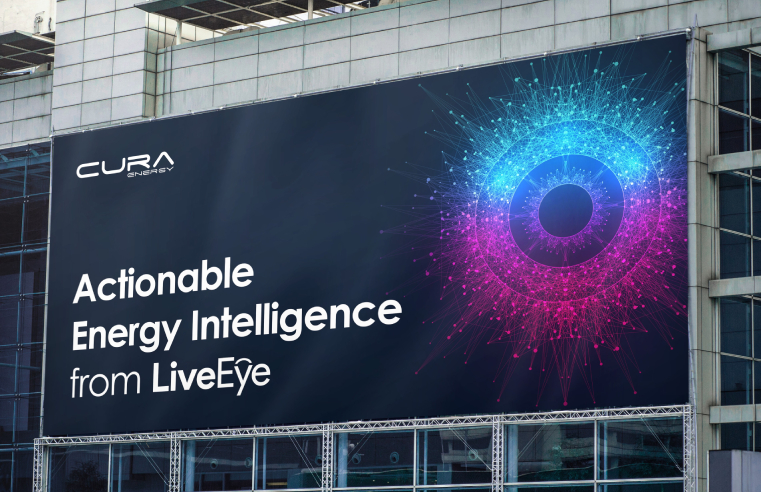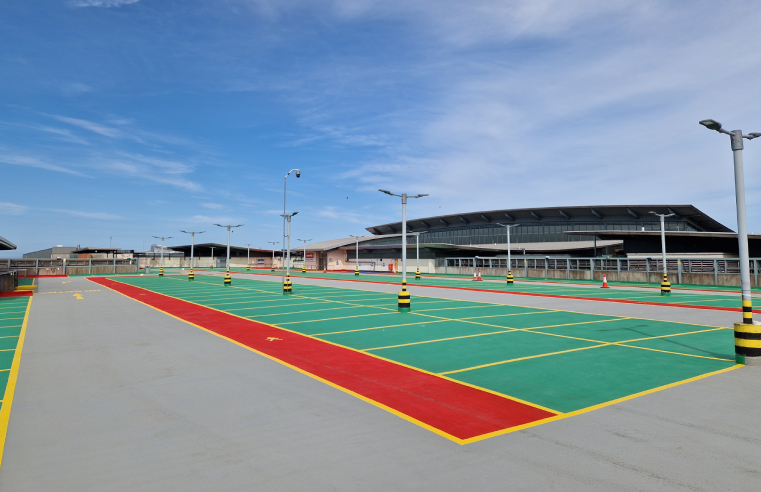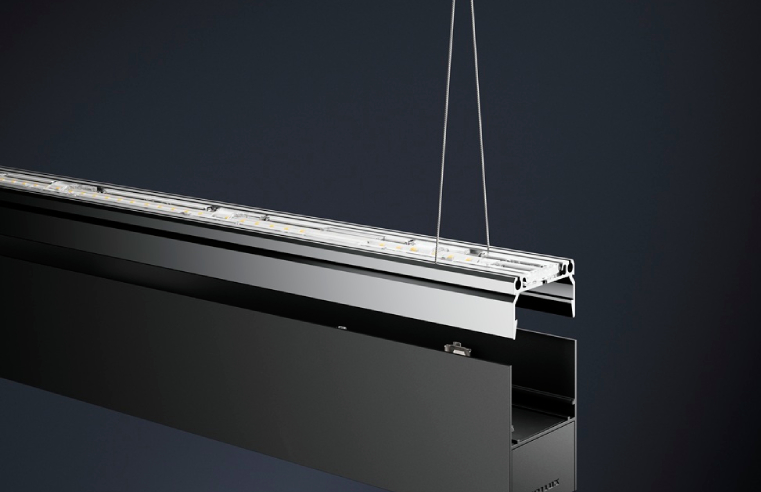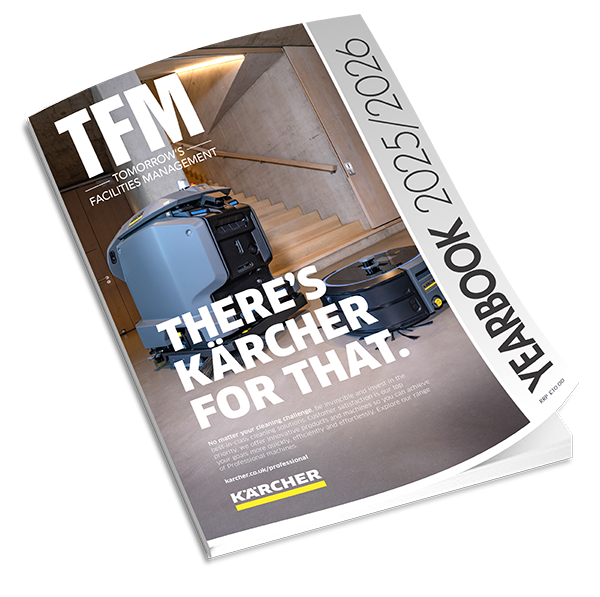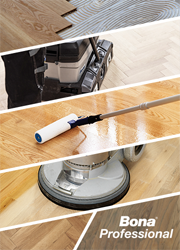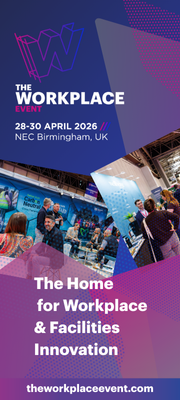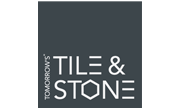FMs can make layout, equipment, and process changes to entrances to help workers and other visitors re-adjust to the post-COVID-19 world, explains Emily Newton, Editor-in-Chief of Revolutionized.
After more than a year, the end of the pandemic may be in sight. For businesses, this is great news — a sign that consumer confidence and a more stable supply chain may return soon. Adjusting to the new normal, however, may be a challenge for many.
Some workers are likely to remain anxious and have trouble adjusting to working back in the office after the pandemic is over. A new lobby may be necessary in a post-COVID-19 world: one that prioritises employee health and safety.
Some people will be reluctant to return to normal life
While case rates are falling and vaccination across the western world continues at a rapid pace, the pandemic isn’t over yet. Importantly, even if the threat of COVID-19 passes completely, FMs and business owners will also need to contend with the lingering mental health impact of the pandemic.
The past year has been extraordinarily stressful for many. Public health officials believe that in some people, that stress may even develop into conditions like post-traumatic stress disorder.
Making changes to the lobby can help mitigate the worst of these impacts and make the transition back to the office simpler for those most affected by the pandemic.
Aesthetic and layout changes for a post-pandemic lobby
The current moment also presents a good opportunity to make major changes to the lobby’s look and layout. While many workers are continuing to work from home, renovations are less likely to be interrupted or disrupt work.
The right changes can help reassure workers once they are able to return to the building.
Building facades, for example, can have a major impact on the emotional effects a building has. Different patterns, for example, have been found to have significantly varying effects on a person’s emotional state.
Architects know this, which is why many modern schools, for example, are designed with playful and colorful patterned facades that may help make the building more inviting. Changes to the lobby interior may also help make it more appealing to returning workers.
A new coat of paint may have a significant impact. Soothing colors like blues and greens, for example, may help put lobby visitors at ease. More energetic colors, like reds and yellows, may also be a good option.
Larger windows that offer more natural light may also help make the lobby a more comforting space. Increasing the amount of natural light the lobby receives can also help you reduce lighting costs. The more sunlight the room receives, the fewer artificial lights you will need.
Plants can also have a positive effect on your visitors’ mood. In the same way that increased access to green spaces can reduce stress and symptoms of depression, plants in office settings can have a small but noticeable impact on occupants’ mental health, according to some recent psychological research.
Other changes that help to reduce a lobby’s environmental quality problems — like noise and uncomfortable temperatures — can provide similar benefits. If visitors have complained about lobby noise in the past, acoustic panels and partitions may help reduce the impact of noise. Upholstered seating, tile floors, carpet, and artwork can also help absorb sound.
Updating the lobby for the world
Improved knowledge of how disease spreads may make workers more concerned about and attentive to the potential spread of germs and other microbial contaminants. FMs may want to take steps that reassure these workers by prioritising lobby cleanliness and mitigating the spread of disease.
Fortunately, many of the changes recommended by public health officials during the pandemic will remain good health practice, even after the pandemic is over.
If your workplace changed business practices or made upgrades to help prioritize visitor health during the pandemic, keeping these changes in place may be a good strategy. Upgrades like sensors that monitor occupant density, new disinfection protocols, curbside operations, and touchless technology are likely worth keeping in place.
While you may want to reduce the impact or extent of existing programs — by increasing the number of visitors who can be in the lobby at a time or reducing chair spacing, for example — they will continue to provide health benefits. They may also be beneficial for office morale and customer confidence.
If your office or workplace did not institute new health practices during COVID, there are a few effective upgrades and processes you can start with.
Curbside pickup, text notification programs that allow customers to wait in their car, and similar services, for example, give visitors the option to minimise their time in the lobby. While they may require some process changes, they can help keep lobby traffic and occupancy low.
Touchless technologies and fixtures can help significantly cut down on the spread of germs and viruses. This improves guest and employee hygiene while also putting lobby visitors at ease.
Regularly disinfecting surfaces that will need to be touched — like credit card reader touchscreens, door handles, and pens — can provide similar benefits.
Improved ventilation and filtration are two major lobby upgrades that can reduce the spread of viruses transmitted through aerosols — including coronaviruses, which make up some of the viruses behind the common cold, and influenza.
Upgrades to building air filtration will also help your HVAC system to capture dust, pollen, dander, and other airborne contaminants, improving air quality and mitigating the impacts of allergy season. Even small changes here can help — for example, upgrading to high-MERV filters will help your HVAC system capture more environmental contaminants without a major upgrade or installation of new equipment.
Facility managers could also consider technology like smart air quality monitoring systems. These systems use internet-connected monitors to provide users with real-time information on the air quality in and throughout a building. With this information, it’s easier to know when filters need to be changed, or when an HVAC system is not filtering building air properly.
Preparing building lobbies for returning workers
Soon, many facilities will be able to return to normal operations for the first time since lockdown began. FMs can make layout, equipment, and process changes to lobbies to help workers and other visitors re-adjust to the post-COVID-19 world. Touchless technology and improved lighting and ventilation upgrades, for example, can help make lobbies much more inviting.


